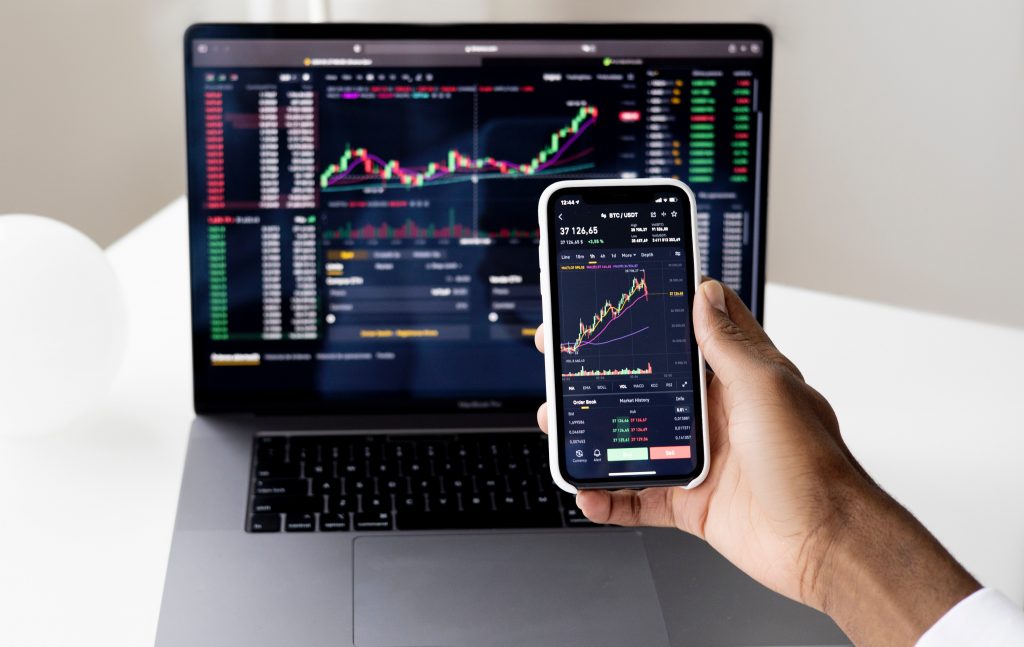Econometrics in 2023

Econometrics analyses and predicts economic data using statistics and math. It assists us in understanding the relationships between various economic factors and forecasting future trends. It has become more important recently and will continue to grow in 2023. Unlike digital attribution, econometrics uses a comprehensive statistical approach, which can consider multiple factors and provide robust analysis. It can also analyze long-term trends, account for confounding variables, and make causal inferences between economic variables.
The need for Econometrics in 2023
- Forecasting Economic Trends
One of the primary uses of econometrics is to forecast economic trends. With the economy evolving at a rapid pace, businesses need to know how the economy is likely to perform in the future to make informed decisions about investments, production, and hiring. Policymakers also need to predict economic trends to create effective policies that can promote economic growth and stability. Econometric models can help forecast future economic indicators such as inflation, interest rates, and GDP growth, providing valuable insights into future economic trends.
- Evaluating Policy Interventions
Governments use policies like monetary or fiscal policy to promote economic growth and stability. Econometric models analyze the impact of these policies on economic indicators, helping policymakers make informed decisions and adjust policies as needed.
- Analyzing Market Trends
Econometrics can also help businesses analyze market trends. Businesses need to understand consumer behavior and market trends to make informed decisions about product development, pricing, and marketing. Econometric models can help businesses analyze market data and identify trends that can impact their operations, such as changes in consumer preferences, shifts in market demand, and changes in the competitive landscape.
- Forecasting Financial Markets
Econometrics is crucial in predicting financial market trends. Investors need to know how financial markets are likely to perform in the future to make informed decisions about investing. Econometric models can help forecast stock prices, interest rates, and other financial market indicators, providing valuable insights into market trends.
- Policy Impact Assessment
Another essential application of econometrics is the assessment of the impact of government policies on the economy. For example, econometric methods can help policymakers analyze how tax cuts, trade policies, or government spending affect economic growth. This can help them design policies that promote economic growth and stability.
- Business Forecasting
Businesses need to make informed decisions about investments, production, and marketing based on future trends. Businesses can use econometric models to predict future trends, like demand for their products or services, which can help them make informed decisions.
- Risk Analysis
Finally, econometrics can help businesses and policymakers analyze and manage risk. Econometric models can simulate the potential impact of different economic scenarios on various economic variables, allowing businesses and policymakers to prepare for potential risks and uncertainties.
Econometrics is a vital tool for understanding, analyzing, and forecasting economic trends. It helps us make informed decisions about investments, production, and policies and helps us manage risk in an ever-changing economic environment. In 2023 and beyond, the relevance of econometrics will only continue to grow as the economy continues to evolve at a rapid pace. Policymakers, businesses, and investors rely on econometric models to make informed decisions and create policies promoting economic growth and stability.



